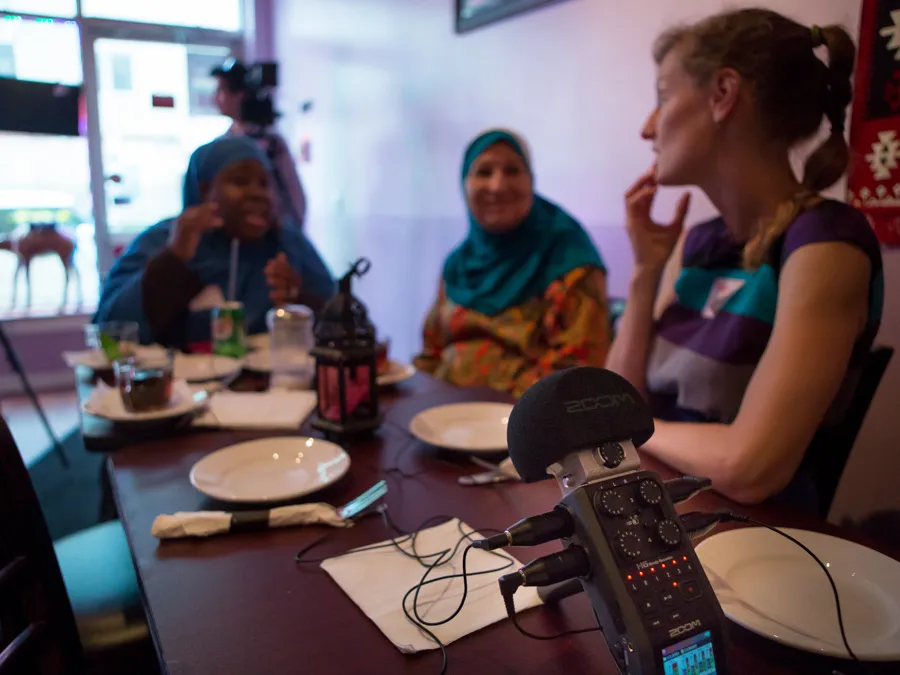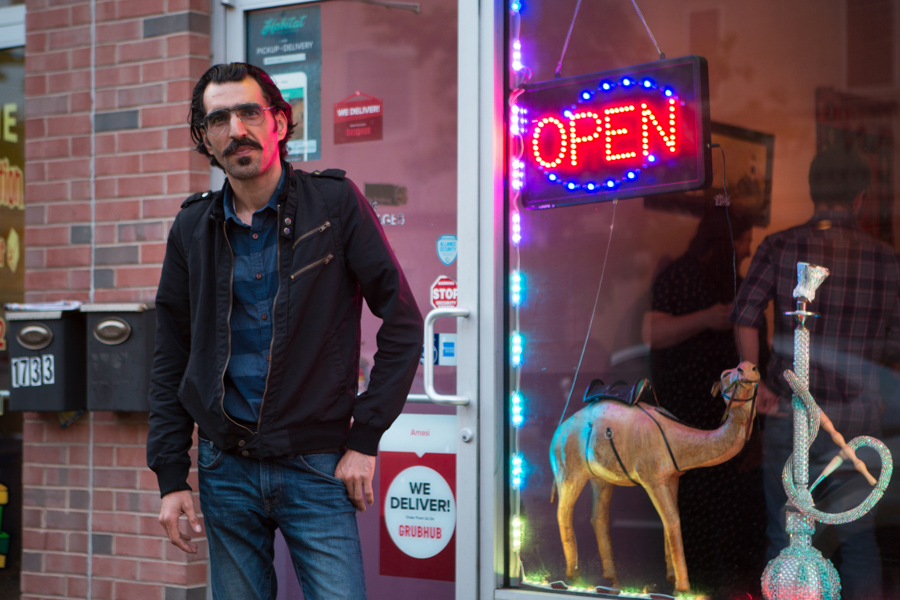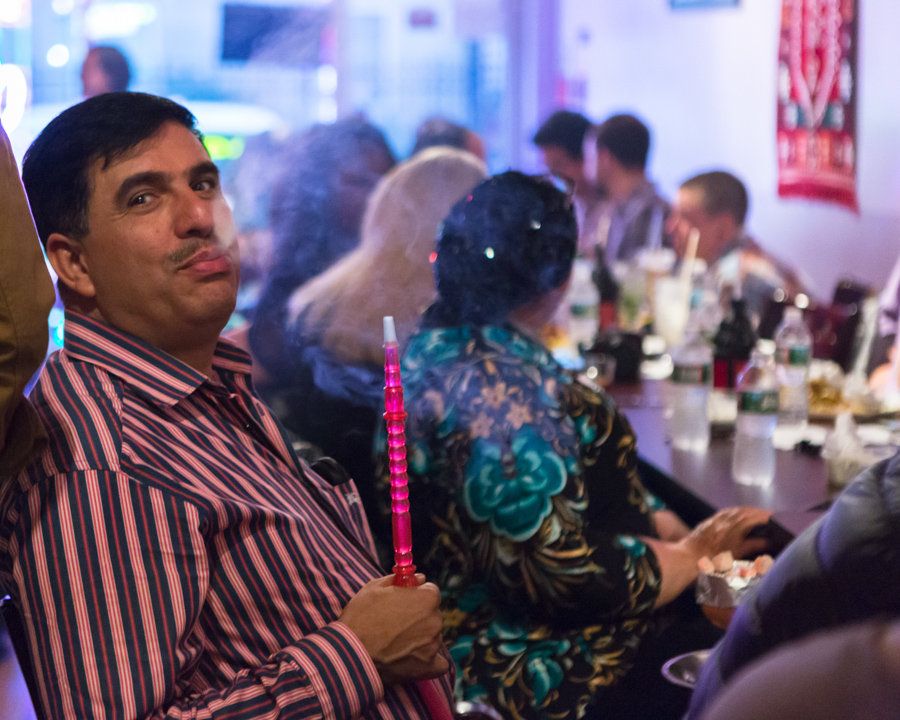Listening to Radio Silence

This summer, Mural Arts will launch a new project from artist Michael Rakowitz and curator Elizabeth Thomas: Radio Silence begins in July with a live performance and gathering on Independence Mall, and continues with a special radio event. The project brings together Iraqi refugees and Iraq War veterans, and explores the legacy of Iraqi broadcasting legend Bahjat Abdulwahed—creating a soundscape of the Iraqi diaspora and attempting to reconstruct the cultural landscape of a country that no longer exists.
So why is a public art program with a 30-year history of muralism getting into radio? Part of the Mural Arts mission is to explore the definitions of contemporary muralism and public art, extending into areas like social practice and urban design, but projects like Neighborhood Time Exchange and psychylustro still had visual components. Most of Radio Silence will take place on the airwaves, in the space between the microphone and the ear.
Radio is all about transmission and reception, the movement of sound through space, communication across vast distance, spectrums of tone and volume—we can start to think about the airwaves as a form of public space, another possible location for public art. At Mural Arts, our community-focused process centers the needs and ideas of Philadelphia neighborhoods. Murals can bring attention to long-ignored issues, giving people a platform to speak, so why not really pass the microphone?
Radio Silence will bring back the voice of Iraq through the voice of radio host and refugee Bahjat Abdulwahed, who recorded one session with Rakowitz before he passed away in 2016. The show will air archival footage with Abdulwahed along with a tapestry of other voices—members of the Iraqi refugee community will speak to their memories and experiences of homes both old and new, and veterans from Warrior Writers will describe the way they’ve been affected by their time in Iraq. Radio tropes, like advertisements and weather reports, will allude to the Iraq that has disappeared and the hopes for its return. Metaphorical refugees, Bulbul birds and Arabian horses, which are native to the region, will be part of the project as well. The once-dead air will crackle to life.
In spite of this creative convergence of experience, the truth is that the Iraq of the past, before war and political unrest, will only ever exist in our imaginations. Imagine: for Philadelphia’s Iraqi refugees, and for the veteran community, we are speaking of a place charged with memory, violence, and speechlessness, which cannot be captured in a still image. What are the stories that have gone untold? And what are the stories that cannot be spoken? Radio Silence asks us to listen, to bring them to life.
Major support for Radio Silence has been provided by The Pew Center for Arts & Heritage, with additional support from The National Endowment for the Arts, and the Hummingbird Foundation. Project collaborators and partners include a host of agencies and nonprofits that work on refugee and veteran issues, as well as independent community-driven media nonprofits.




